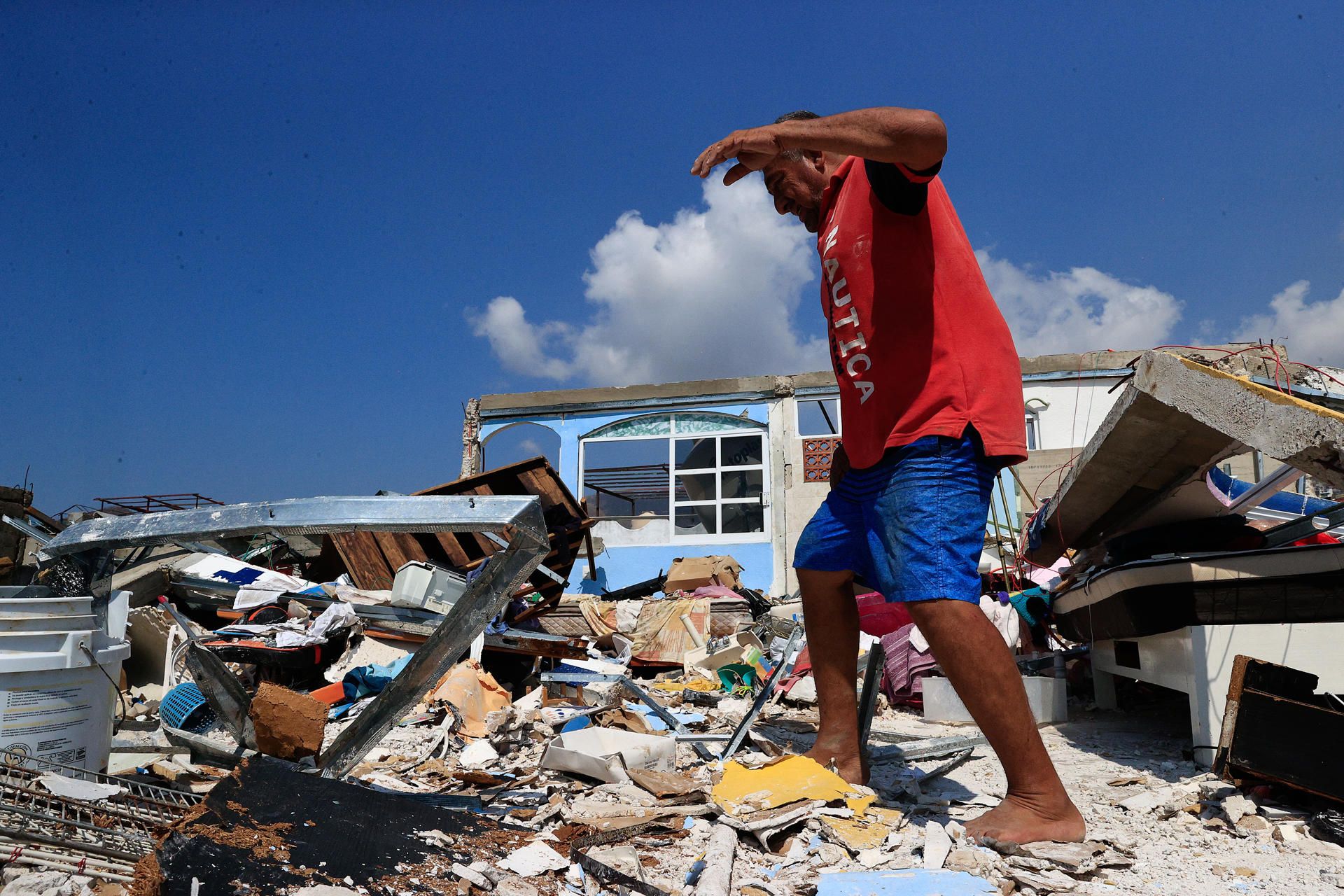Catastrophe in Acapulco: Over 3,000 Dead in the Wake of Hurricane Otis
A Critical Examination of the Catastrophic Impact and Government Response Introduction: In the aftermath of Hurricane Otis, Acapulco faces an unprecedented tragedy. The once-vibrant tourist destination is now a symbol of devastation and suffering, with a staggering death toll of over 3,000 people. This article delves into the destruction

A Critical Examination of the Catastrophic Impact and Government Response
Introduction:
In the aftermath of Hurricane Otis, Acapulco faces an unprecedented tragedy. The once-vibrant tourist destination is now a symbol of devastation and suffering, with a staggering death toll of over 3,000 people. This article delves into the destruction caused by the hurricane and scrutinizes the response of the Mexican government.
The Devastation:
Hurricane Otis tore through Acapulco, leaving in its wake a landscape of unimaginable ruin. The hardest-hit areas include 14 Ejidos, where entire communities were obliterated, leaving no survivors. The city, known for its scenic beauty, now presents a harrowing image of destruction, raising urgent concerns about water scarcity and the looming threat of an epidemic due to unattended decomposing bodies.
Government Response – A Subject of Controversy:
As international aid is directed to other regions, notably Cuba, Acapulco grapples with the aftermath of the disaster, seemingly neglected. The response of the Mexican government and President Lopez has been met with criticism and allegations of misinformation, as evidenced by a revealing video on social media.
Political Fallout:
The crisis in Acapulco has exposed the underlying political issues in Guerrero. The conspicuous absence of the Governor during this crisis and the perceived negligence of President Andrés Manuel López Obrador have sparked widespread criticism. The inadequacy of the government's preparedness and response has raised alarm about its ability to manage such disasters.
Long-term Impact on Acapulco:
The economic repercussions for Acapulco, heavily reliant on tourism, are dire. Beyond the immediate destruction and loss of life, the city faces a daunting challenge in rebuilding its infrastructure and reputation as a tourist haven. The long-term economic and social implications are expected to be severe.
Leadership and Crisis Management – A Critique:
The leadership approach of the Mexican government during the disaster has come under fire. The President's response, characterized as insensitive and self-absorbed, has been criticized for lacking empathy and effective crisis management. The focus appears to have been more on political theatre than on addressing the pressing needs of those affected.
Conclusion:
The tragedy in Acapulco, marked by a death toll exceeding 3,000, highlights the devastating impact of natural disasters, particularly when compounded by alleged government unpreparedness and negligence. As the city confronts its losses and faces the monumental task of reconstruction, the urgent need for competent and compassionate leadership, along with a comprehensive disaster management plan, is starkly evident.




